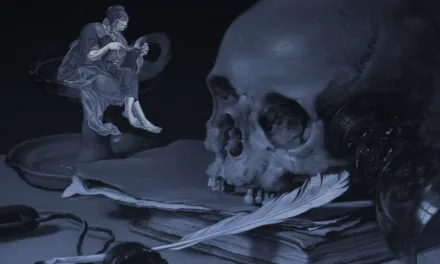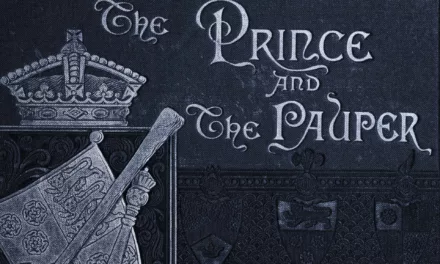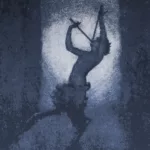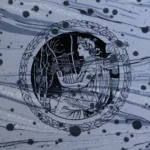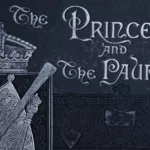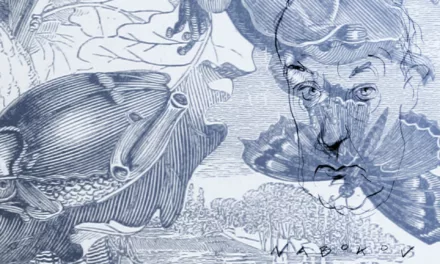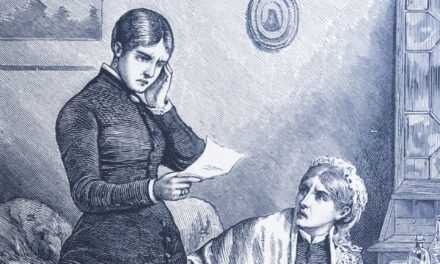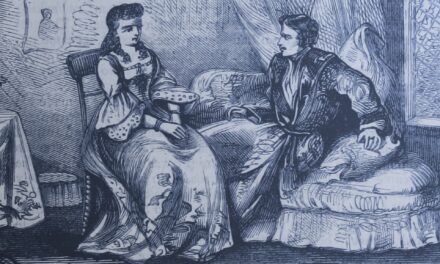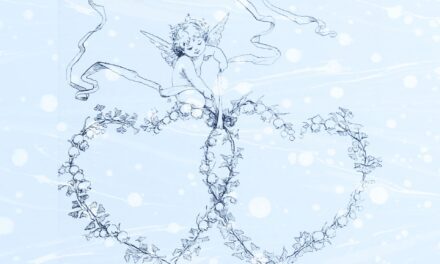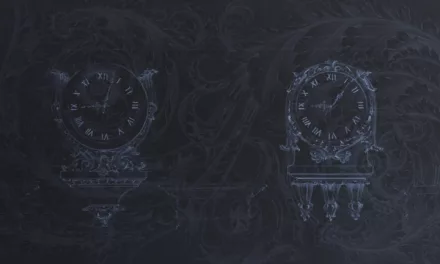
How do I write anthropomorphic animals?
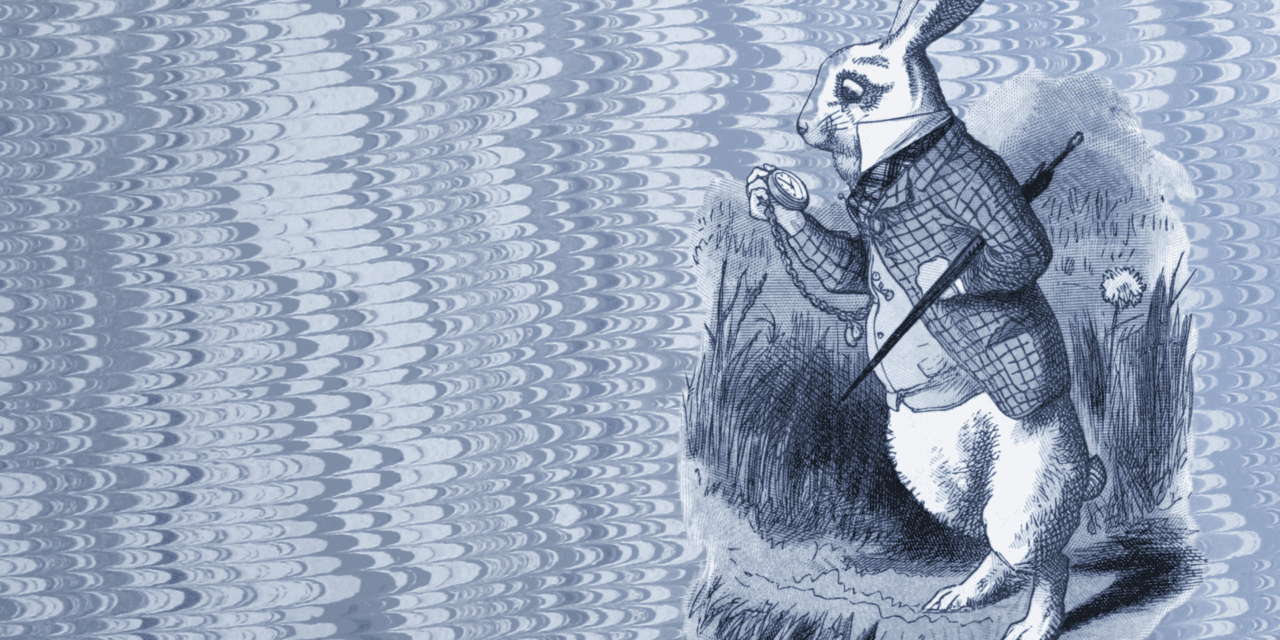
“Tips on writing anthropomorphic animals? Been wanting to write a story/episodic novella based on my cat a la Sherlock Holmes meets Ghost Hunters. But I have no clue how to write non humans as humans.“
When I was a kid, there were two books I absolutely adored. Stuart Little by E.B. White and Redwall by Brian Jacques. Both featured anthropomorphic animals, but they dealt with them in very different ways.
In Stuart Little, Stuart is a boy who is small and looks exactly like a mouse. He looks like a mouse and is the same size as a mouse, but despite his physical appearance, he is, for all intents and purposes, human. He is a single, mouse-like boy living in a human world.
In Redwall, however, the animals live in a world populated with animals that have human characteristics but retain a lot of their animal natures. The lines of good and evil in the series are stark, with the woodland creatures acting as the heroes of the story and the rodents and vermin as its villains. The species an animal comes from plays a big role in how they are anthropomorphised.
All that is to say that there is no simple way to write anthropomorphic animals. Much of it will come down to the type of story you want to tell and the story world your narrative is set in. With that in mind, let’s dive in!
Understand your story’s world
The world your anthropomorphic animals inhabit will greatly influence how they behave and interact. Are they animals with human characteristics or humans in animal form? Do they live in a world populated by other anthropomorphic creatures, or are they unique? Understanding the rules and limitations of your story’s world is vital in determining how your characters will act and think.
Here are some things to consider:
- Will your character’s roles in the story be defined by their species?
- Are your characters’ animals living a secret life in a human world, or is your story set in a world populated only by animals?
- What level of technology exists in your world, is there a magic system, or both?
- How do the animals interact with their environment, and are there any physical needs that need to be met by that environment?
- What limitations does your world impose on the animals’ behaviour and abilities?
- What political system exists in your world? Does it follow human laws and rules, or are there political systems unique to your story world in which the animals and their species play an essential part?
Answering some basic world-building questions will help you establish the rules and boundaries of your story world, making it easier to write consistent and believable characters and determine the level and type of anthropomorphism you want to commit to.
Decide on the level of anthropomorphism
The level of anthropomorphism in your story can range from animals with a few human traits to fully humanised animals. Consider how much of their animal nature you want to retain and how many human characteristics you want to add. Things to consider might include:
- Will your characters walk upright or on all fours?
- Will they have opposable thumbs, or will they use their paws, claws, or beaks to manipulate objects?
- Can they speak, or do they communicate through animal sounds and body language?
- Do they wear clothing, or are they covered in fur, feathers, or scales?
- Will they have human-like emotions and thought processes, or will their animal instincts play a significant role in their decision-making?
- How do they interact with their environment, and how does their species influence those interactions?
The level of anthropomorphism you choose will significantly impact your characters’ behaviour, abilities, and interactions with their world. A more humanised animal may have complex emotions and relationships, while a less anthropomorphised character may rely more on instinct and basic needs.
Consider biology and physical traits
When creating anthropomorphic characters, it’s essential to consider their biology and physical traits. How do their animal features influence their abilities, limitations, and interactions with the world?
For example, a bird character may have excellent vision and the ability to fly, while a mouse character might be small and agile, able to navigate tight spaces. Incorporating these traits into your characters’ personalities and actions will make them more believable. You might like to consider:
- Do they have opposable thumbs? This will affect the ease and style with which the animals in your story may interact with their environments.
- Do they walk on two legs? If your anthropomorphic animals walk upright, consider how this might affect their balance, speed, and overall movement.
- How does their diet influence their behaviour and interactions with others? Herbivores, carnivores, and omnivores may have different priorities and social dynamics.
- What senses are heightened or diminished due to their animal nature? Keen senses of smell, hearing, or vision can significantly impact how they perceive and navigate their world, and the same goes for animals who traditionally struggle with these senses (I’m still waiting to write my superhero Mantis Shrimp story!).
- Are there any unique physical features, such as a prehensile tail or venomous bite, that could be incorporated into their character development and actions?
Blending animal and human traits
When blending animal and human traits, consider how the characters’ instincts and natural behaviours might influence their human-like qualities. For example, a wolf character may have a strong sense of loyalty and a desire to protect their pack, while a fox character might be cunning and mischievous.
Balancing these traits will create multi-dimensional characters that feel authentic and relatable to readers. Additionally, consider how the characters’ animal traits might affect their relationships and interactions with others. Consider the following:
- Identify expressly human traits: What qualities or behaviours do you consider uniquely human? Examples might include complex problem-solving, emotional intelligence, or the ability to use language.
- Identify expressly animal traits: What qualities or behaviours are specific to the animal you’re writing about? For cats, this might include a love of napping, a curiosity for exploring, or a tendency to be aloof.
- Preserve key traits within the context of your story: Decide which human and animal traits you want to preserve in your anthropomorphic character and how they will manifest in the story’s context.
- Balance traits to create a cohesive character: Ensure that the human and animal traits you’ve chosen work together to create a believable, well-rounded character. Consider how these traits might influence their motivations, decision-making, and interactions.
- Develop unique quirks and mannerisms: Consider adding distinctive quirks or mannerisms that stem from their animal nature. For example, a bird character might absentmindedly preen their feathers, or a dog character might chase their tail when excited.
Be aware of subtext
When writing anthropomorphic characters, be mindful of the subtext and potential symbolism associated with the way you use certain animals. Despite my love of Redwall, Brian Jacques did receive some very valid criticism about the black-and-white nature of his good vs evil.
By its very nature, anthropomorphisation applies human characteristics to animals, so it’s important to think about how this might also end up with real-world analogues. We stereotype animals, but if we use stereotypes in stories with animal protagonists to create a mirror of our own world, we run the risk of those stereotypes being harmful when applied in real life. Things to look out for might include:
- Associating certain animals with negative stereotypes or using them to represent marginalized groups.
- Reinforcing gender roles or stereotypes through the portrayal of male and female characters.
- Perpetuating harmful myths or misconceptions about specific animal species (sharks will never recover from the bad press they received from Jaws by Peter Benchley).
- Using animal characters as a proxy for discussing sensitive or controversial human issues without proper context or nuance.
- Appropriating or misrepresenting cultural symbolism in a way that is disrespectful to the culture from which it comes.
Writing anthropomorphic animals is an exciting way to explore characterisation that allows you to explore the human experience through a unique and imaginative lens. By blending animal and human traits, crafting a believable world, and developing multi-dimensional characters, you have the power to create a really interesting story.
Anthropomorphism is most commonly used in children’s literature, but personally, I’d like to see it explored more in adult stories. George Orwell proved it could be done with Animal Farm, and the Redwall series, despite being written for children, proves that it’s a style that can be enjoyed by readers of all ages!
Embrace the unique perspective that anthropomorphic animals offer. Don’t be afraid to experiment, take risks, and let your imagination run wild. Whether your feline protagonist is solving mysteries or your full cast of animals is living in a fantasy world, the key is to tell a story that is authentic and that you love to write!

